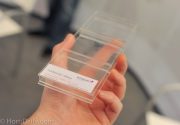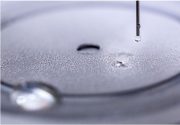
Treating concrete surfaces with cementitious coating, especially those are used as reservoir for potable and recreational water, is gaining popularity as a safer alternative to conventional coating material formulated from epoxies, urethanes, acrylics and polyureas.
Despite good resistance to weathering, scratches and loads, deficient curing of cementitious coating can lead to reduced performance and undesirable release of pollutants from the coating to water.
Comparison between crystalline and polymer coating
In this study, the performance of a dual crystalline cementitious coating, which combines hydroscopic (water combining) and hydrophobic (water chasing) properties, for concrete protection was evaluated in an attempt to evaluate whether water affinity of the material can overcome the issue of reduced performance. The results were compared with a polymer modified cementitious coating.
Crystalline coating better prevents water ingress
The influence of early exposure to water, after 24 h of curing, was assessed by coating pull-off testing and level of pollutants for the first 21-days. The water quality was found "good” to "excellent” according to World Health Organization (WHO) standard at all curing times for both materials with no surface cracking or other defects were noted. The crystalline coating needed 120–240 h for optimum curing, whilst polymeric coating needed 72. In terms of pull-off strength, the polymer coatings on the rough and smooth substrates yielded results greater than 1-MPa after 120-h curing, while crystalline coating took 240-h. However, compared to polymeric coating, the crystalline coating absorbed less water thought out the test duration, indicating that good overall performance.
The study is published in: Construction and Building Materials, Volume 141, 15 June 2017, Pages 64–71.
 my
my



